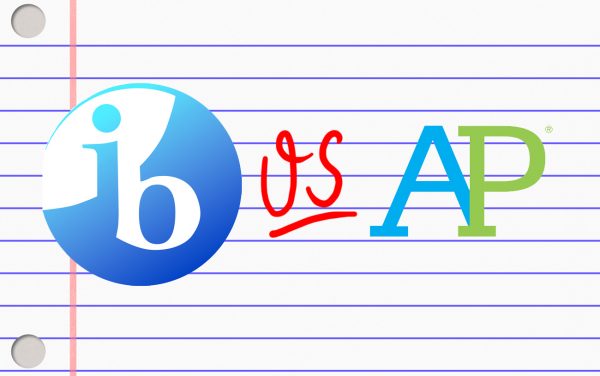Advanced Placement and International Baccalaureate are programs designed to introduce high-achieving high school students to the rigors and rewards of college-level studies.
These programs have rocketed in recent years, becoming the fastest-growing part of the secondary curriculum. Both IB and AP classes offer students a head start on higher education and give them a sense of what college classes are like.
Advanced Placement
A nonprofit organization based in New York City, the College Board, has run the AP program since 1955. Originally established as a pilot program covering 11 subjects and offering high school students an opportunity to pursue college-level studies, AP now includes 34 subject areas. Examinations in each subject are administered in the month of May, and students are rated on a 5-point scale. Since the AP coursework is generally equivalent to a first-year college course, students who score a 4 or 5 on the exams are able to qualify out of introductory courses and can even receive college credits. According to the College Board, each year, high school students take more than a million AP exams.
International Baccalaureate
Established in 1968 as a nonprofit educational foundation in Geneva, the International Baccalaureate Organization has developed a diploma program that offers internationally standardized courses and assessments, emphasizing the integration of disciplines. More recently, IB has expanded its scope to four programs, beginning for children as young as 3 years old. More than 600,000 students worldwide are involved in IB studies at some level. Students in the IB diploma program, which is designed for the last two years of high school, must choose a total of six subjects from specific areas of study. Formal written examinations are administered each May and are scored by external IB examiners. The diploma is given to students who have sufficient cumulative test scores and who have demonstrated satisfactory performance across the breadth of the program, which also includes core requirements such as community service.
The Student Experience
Since AP and IB both offer college-level courses for high school students, comparisons are inevitable. The biggest difference is that IB is a more integrated program of study than AP, which is more “a la carte” in its offerings and therefore arguably less rigorous. But because IB is more all-encompassing in that it involves a greater commitment on the part of the student to a number of specific requirements that are not a part of the AP program, a common analysis is that IB tends to dominate the student’s entire high school experience by crowding out time for other interests. AP, by contrast, offers more flexibility. While IB requires study in specific subject areas and emphasizes the fulfillment of various breadth requirements, AP allows a student to take just one or two courses, leaving more time for other classes or for extracurricular activities.
IB vs. AP
A number of studies have attempted to resolve the differences between the programs in terms of student experience as well as outcomes to determine which one is better. Students in both AP and IB courses report high levels of stress, particularly at exam time, but also a greater degree of confidence in their college preparedness. AP and IB credentials are essentially equal in that they have almost universal recognition among institutions of higher learning as a demonstration of academic excellence at the secondary level. Some educators believe that IB is superior to AP because of its greater emphasis on writing skills and because of its integrated curriculum. But the general agreement is that the programs are of roughly equal value and that the choice between them should be an individual one based on the needs, interests and educational goals of each student.

